Peru, a country rich in history and culture, is renowned for its traditional handicrafts, and among the most notable are the beautiful Peruvian rugs. These textile masterpieces, which have endured for centuries, not only add a touch of beauty and warmth to homes but also tell stories of tradition and skill passed down through generations. In this blog, we will delve into the making of Peruvian rugs and the ancestral techniques that make them unique.
Dyeing the Wool
The creation of a Peruvian rug begins with the selection of raw materials, with wool being one of the most crucial elements. The wool is obtained from sheep grazing in the Peruvian Andes, ensuring the high quality of the raw material. Once the wool is acquired, the next step is dyeing. Peruvian artisans use natural dyes made from plants, minerals, and other local resources to achieve a vibrant and long-lasting color palette.
Weaving Techniques
The weaving techniques used in creating Peruvian rugs are the result of centuries of refinement. Two of the most common techniques are the “backstrap loom” and “knotting.”
- Backstrap Loom: In this technique, weaving is done on a loom that is attached to the artisan’s waist. This method allows for the creation of intricate geometric patterns and traditional figures that are characteristic of Peruvian rugs.
- Knotting: Peruvian rugs are also known for their knotting technique, which involves creating small knots with the wool on a woven base. This creates a plush and textured surface, ideal for walking barefoot.
Designs and Symbolism
Peruvian rugs are filled with cultural significance and symbolism. Each design and pattern has a specific purpose. For instance, llama and alpaca designs represent fertility and prosperity, while geometric patterns often symbolize the connection between nature and humans. Colors also carry specific meanings; red may symbolize passion and love, while green represents life and nature.
The Creative Process
The creation of a Peruvian rug is a meticulous process that requires time and patience. Artisans carefully weave each knot, paying close attention to detail, and often work in teams to complete larger rugs. The creative process is not just an expression of technical skill but also of creativity, as artisans frequently incorporate contemporary elements into traditional designs.
Conclusion
Peruvian rugs are much more than mere decorative pieces; they are witnesses to a rich cultural heritage and an art that has endured through the ages. The making of these rugs combines ancient techniques with contemporary creativity, producing artworks that not only adorn our homes but also connect us with Peru’s rich history and tradition. The next time you gaze upon a Peruvian rug, remember that you are admiring a living part of Peruvian culture and the effort of talented artisans who have kept this tradition alive through the centuries.

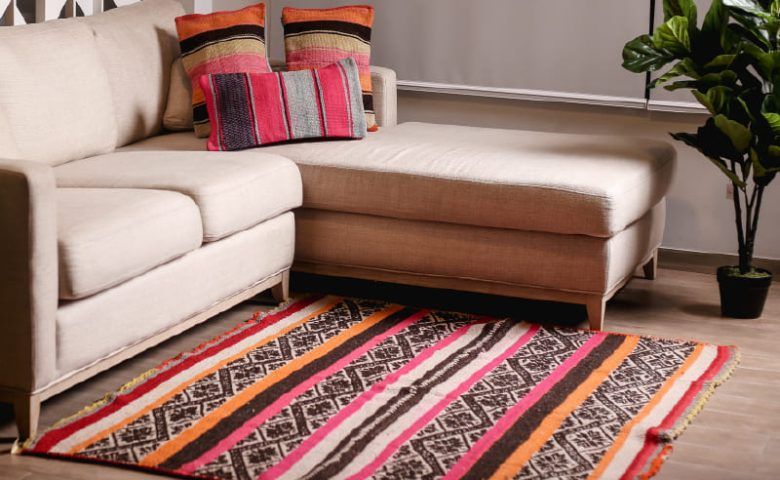
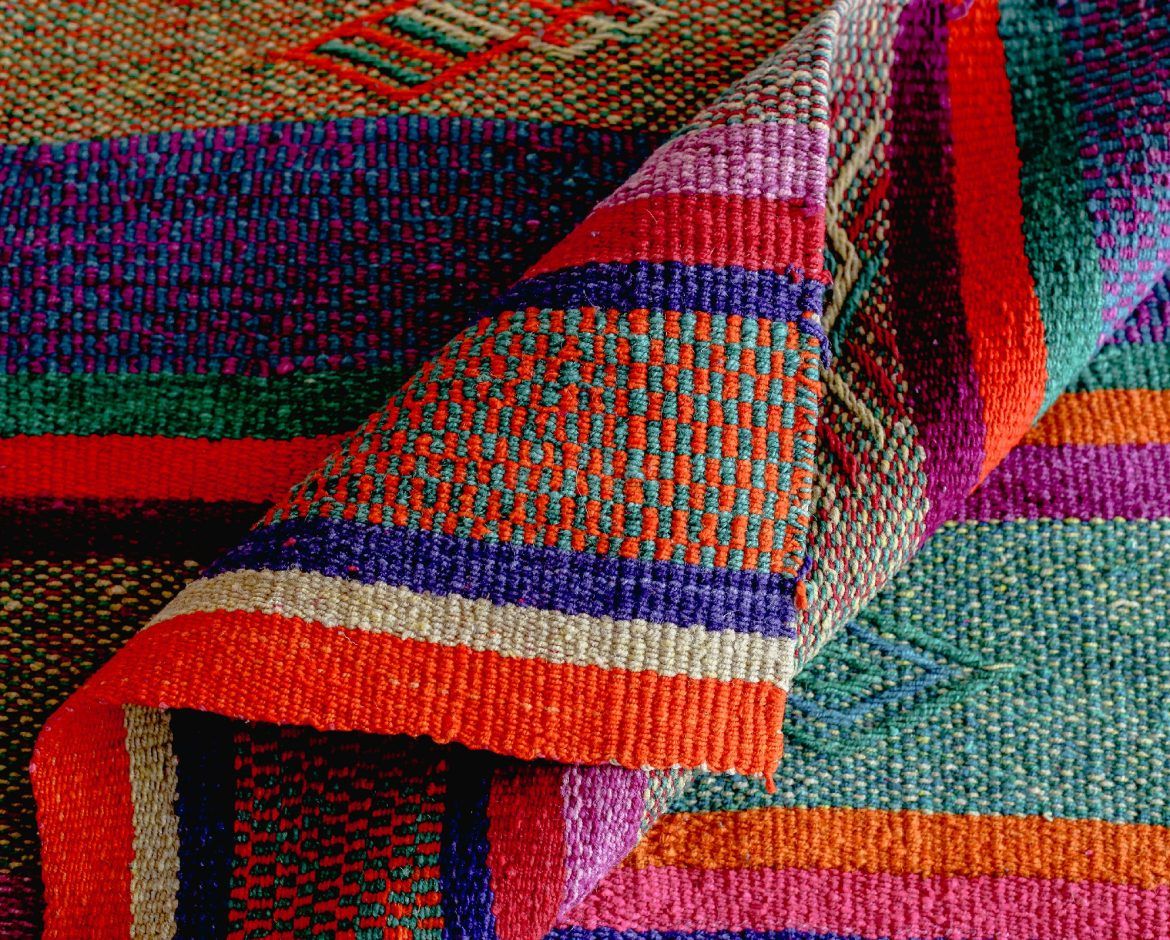
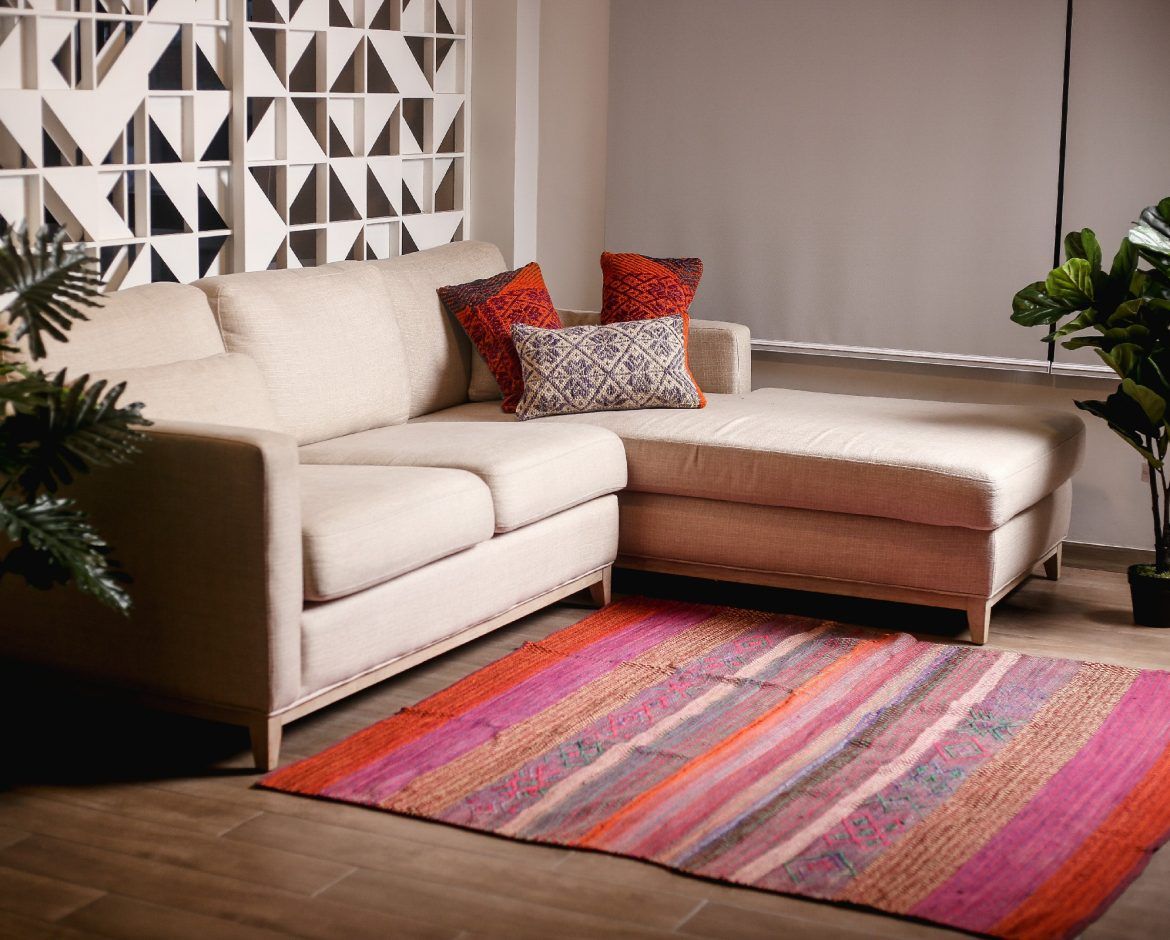
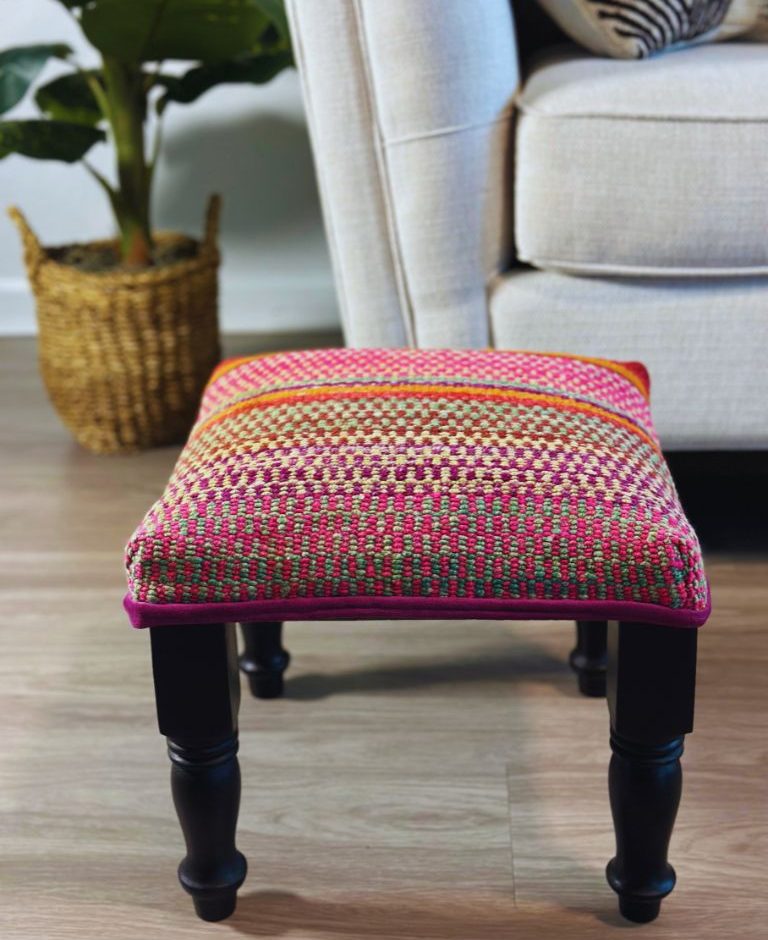
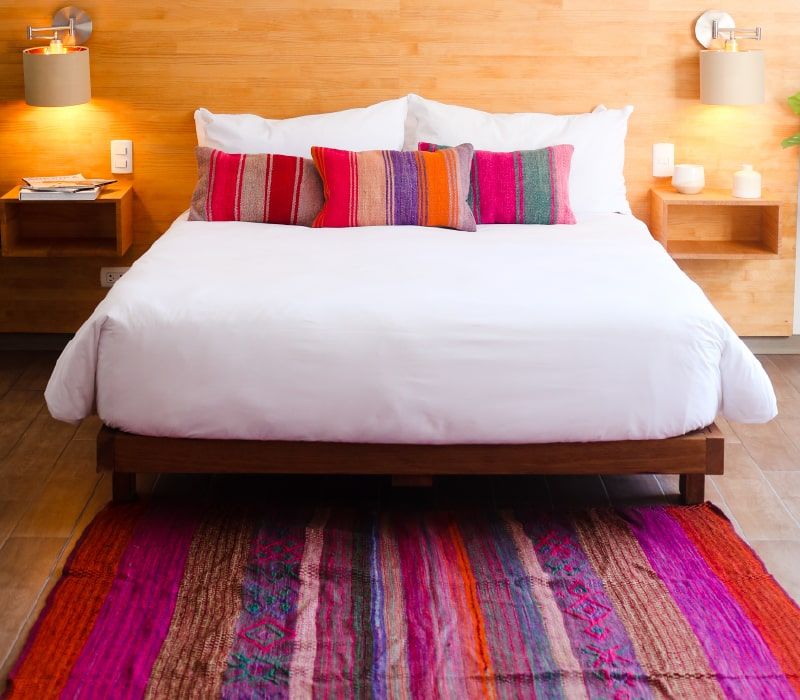
Leave a comment